By Gene Beley
The “Raising of the Flag” photo taken by 33-year-old Associated Press photographer Joe Rosenthal on the fifth day of the Iwo Jima battle provided the world with a much-needed uplifting symbol in February 1945. And on January 13, 1968, Rosenthal, then 57, provided this then young reporter with a life’s inspirational success formula in that San Francisco interview that has become part of my DNA for more than 43 years.
Rosenthal said when he was trudging up the 546-foot Mount Suribachi, sidestepping Japanese land mines, other war photographers were coming down the hill, making fun of him. Staff Sergeant Louis Lowery, a Marine publication photographer, hollered, “Ho, ho, ho, Joe, you’re late. I photographed the patrol raising the flag at the summit!”
“You must have heard the expression ‘falling into a manure pile and coming up with a rose,” Rosenthal said at my long-ago interview at the San Francisco Press Club. “When you’re late you don’t call your office and say ‘I’m late.’ You poke around and see what you can do—an interesting angle maybe the others missed. That was my goal. I thought I’d better continue and see what’s there. What I had in mind was trying to find that first patrol and at least get a picture of them by the flag for hometown newspapers. That was my job as an Associated Press photographer.”
From that day on when I was on the police beat assignment for the Ventura Star-Free Press newspaper where I worked then, I would stay longer at the news scene than competitors to look for a different angle. Throughout life, I have applied Rosenthal’s philosophy of thinking out of the box to get more results to everything. It is amazing how it worked in three subsequent businesses I owned that included amusement games, robots, and a community newspaper.
“The significance of the flag being up there was not seen as a dramatic incident,” Rosenthal continued. “The importance of it was being on the highest, exposed part of the island and readily seen by all the troops. More important, it was seen as a morale booster bearing on the strategic progress of the battle.”
But the first flag raised at 10:20 am on that February 23, 1945, was too small to be seen by the men in ships off shore, and they requested that a larger one be hoisted. The Marines found an 18-foot length of pipe that weighed about 150 pounds from the wreckage of a radar station. The second flag came from LST 779 near the base of Suribachi. When Rosenthal arrived, this eight-by-four and two-thirds-foot flag was being erected, and he caught this shot on the fly with his big Speed Graphlex camera. Throughout my college career, I had heard many journalism professors badmouth Rosenthal, saying this was a staged shot, but that was not true. The decision was solely made by the military before Rosenthal ever arrived.
Making His Way Up Mount Suribachi
Rosenthal nearly did not go to the historic flag-raising event. He and magazine correspondent Bill Hipple were on an LCT the morning the Marines reached the top of Mount Suribachi. Rosenthal and Hipple first learned about the flag event from a boatswain, who had heard over the ship’s radio about a patrol going up the mountain with a flag.
“I think we’ll be too late for the flag raising,” Hipple told Rosenthal. But fortunately, the philosophy that Rosenthal passed on to me for a life’s important lesson kicked into high gear and led to the historic photo. When Rosenthal and Hipple arrived at the command post of the 28th Regiment, they were told a 40-man detachment with two patrols had reached the top at 9:40 am. Rosenthal said photographer Bob Campbell and combat photographer Marine Private Bob Genaust, who took the 16mm color movie sequence of the famous Rosenthal flag raising, were at the command post.
“I think we’ll be too late for the flag raising,” Private Genaust said.
“I’d still like to go up,” replied Rosenthal, “and you two guys are carrying guns and I’m not. How about coming along?”
That was a good decision because, as they progressed up the hill, they had to stop half a dozen times to take cover while Marines tossed grenades and set off demolition charges in caves where Japanese soldiers were actively defending themselves. Rosenthal and his group got to the summit shortly before noon. They saw one group of men hauling the long iron pipe, while another Marine was folding the original flag for a souvenir.
Capturing the Second Flag Raising
After the Marines told Rosenthal that they were going to hoist the larger flag taken from LST 779, he thought about trying to get a picture of one flag coming down with the other one going up. Rosenthal failed to line it up, though, and backed away about 35 feet to photograph the new, larger flag being raised.
Rosenthal stood five feet, five inches tall. He put down his Speed Graphlex and piled up some stones and a sandbag to elevate himself about two feet. Then he picked up the camera and climbed onto the crude platform. He set his lens between f/8 and f/11 at 1/400th of a second.
“I’m not in your way, am I, Joe?” Genaust hollered the question at Rosenthal.
“No,” Rosenthal shot back, “and there it goes!”
“I saw the men start raising the flag, swung my camera, and shot the scene,” Rosenthal said. Next, he shot another photo with men putting guy ropes on the pipe. To please hometown editors, he then staged a picture with 19 men underneath the flag, waving and cheering.
“On the day I shot it, I caught the mail plane that took the undeveloped film back to Guam. There our pool editor, Murray Befeler, supervised the processing and transmission to member newspapers. The censor had to pass the picture and Befeler had to decide it was good enough to be scheduled via radiophoto, or it would have been passed over and been nothing but a piece of film.”
Two days after the photo was taken, Rosenthal received a message: “Congratulations on the fine flag raising picture.”
“When I got that message, I wasn’t quite sure which picture they were talking about—the picture on the fly or the one I worked so hard at getting the fellows set up and cheering. Most of them didn’t want to do it because there was still shooting going on from the caves.”
Rosenthal said he had to coax these soldiers by saying, “This is historical!” He finally got a group of them to consent for his hometown newspaper goal. He was just happy to finally get a compliment from these editors who usually sent messages like, ‘Where were you?’ or ‘How come …’ for the one that got away.”
“There’s a lot of things you have to do that you really don’t like to do,” Rosenthal continued when asked about the ethics of posed photos. “You don’t really like to keep pestering someone, or delving into their personal affairs, or embarrassing them. But this is the nature of the job and you can’t be selective about it. What is there has to be reproduced. At times you may help a civic project with your illustrations. I think a photographer has to have a certain type of toughness or he’ll become too emotional. Most of the arguments about posed pictures are nonsense. What you’re sent out for—what you’re hired for—is to illustrate your story.”
Rosenthal thinks the legend that the historic photo was staged began when a Time magazine reporter asked him two weeks after the event, “Did you set that picture up?”
The Rumor of the Posed Picture
For the historical record, Rosenthal told me he thought the reporter asking the question was either Robert Geiger or Shirley Popevich. And Rosenthal, thinking it was the hometown photo with 19 Marines that he staged for his Associated Press employer, answered, “Sure it was posed.”
It was a simple, innocent mistake that went viral decades before the world ever heard of the Internet. When he was then shown the picture that had already become famous, he said, “Gee, that’s good all right, but I didn’t pose that one. I wish I could take credit for posing it, but I can’t.
“How was I to anticipate this one shot would come out [like it did]? The only way you can usually set up a picture like that is to make them with inspiring studio actors. The accidents that happened all happened in favor of the picture. Usually you can count on a few breaks, but here’s one where every damned element worked. The stage was already set, the wind whipping that flag across the sky, and the fact it was high noon gave it a good amount of light. It is a good picture. Maybe this is some of the objectivity left in me after several years as a caption writer and photo editor.”
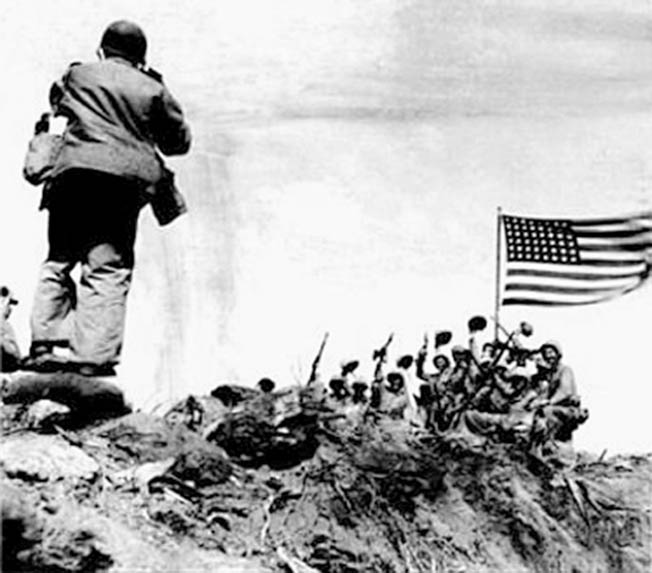
In retrospect, Rosenthal felt the New York Times publishing the photo with an accurate story, reporting details of the battle, made it great. Millions of people saw the photo before Rosenthal. “The frame for the picture was already waiting for it to be placed there,” Rosenthal theorized. “World War II had been on for three and one-half years. A lot of people had lost relatives. They were looking for a lift.”
From Pulitzer Prize to San Francisco Chronicle
When Rosenthal returned to New York, he became a celebrity and won the Pulitzer Prize in 1945. He was not accustomed to having his own office and being interviewed by reporters.
“It was awful,” Rosenthal told me. “They put me on the public relations staff for the AP. No one told me, ‘Be on your good behavior,’ but I knew I should be. By that time, I’d learned this picture had a lot of meaning to many people. The war was still on and it served a purpose. It was almost like I was no longer a photographer available to cover shipwrecks, four-alarm fires, and babies. I’d find myself realizing I should straighten my tie because there might be a photographer around.”
Toward the end of World War II, Rosenthal balked at being sent on assignment to South America for three years and said he wanted to go to San Francisco. The AP wanted to keep him in New York, but caved in and sent him to San Francisco.
“By late August, of course, America dropped the big bomb on Japan spelling the end of the war,” he said. “I developed the delayed tensions of having an enemy in my foxhole and took a three and one-half month sick leave, got in my car, and went to Mexico. When I returned, someone said, ‘I thought you were going back East.’”
“Don’t move anyone,” Rosenthal told his associates. “I am not coming back.”
He went up one floor in the San Francisco Chronicle Building and his friend, John Bruce, offered him a job as a photographer with the San Francisco Chronicle newspaper. He stayed with the Chronicle for the rest of his professional career.
“The Report of My Death is Greatly Exaggerated”
Few people today can comprehend that 6,621 Americans died and 19,217 were wounded in that one battle on the island of Iwo Jima, plus 20,000 Japanese were killed in just 36 days.
I asked Rosenthal that January 13, 1968, why he was not listed in Who’s Who in America?
“No one has even written a book on me,” he replied. “I tried, but never have finished it. I tell myself, ‘You think you’re pretty much of a hot shot, but look at you now.’ The picture was not my picture. It belongs to the fellows behind it who got it there. I took a picture of something they did. I didn’t win this war—not by a long shot.”
The 1950 World Almanac even listed Joe Rosenthal as having died.
“A friend of mine, Jack Rosenbaum, called me and said the 1950 Almanac listed me as dead, and ‘What do you think about it?’”
“Well, as long as I’m thinking, I’m still here,“ Rosenthal laughed. “I raced down to read the Almanac and it said, ‘The first flag went up, but the second flag is more widely known.’ Then it itemized who was in that picture and said who was wounded and killed. It said ‘Rosenthal also died later.’”
Another friend called Rosenthal and said, “You should sue the Almanac.”
“Oh, God no,” Joe told his friend. “This is a great opportunity in life to say, like Mark Twain, ‘The report of my death is greatly exaggerated.’ They wrote it right because some day, it will be correct since they said, “Rosenthal died later.’”
“A Very Fine Thing to Do”
And that prediction became true on August 20, 2006, when Rosenthal died in a Novato, California, assisted care living center at 92 years of age. He told this writer he only made about $7,000 total on the flag-raising photo. He recalls being offered $200,000 not too long after he took it, but told the man it was a pool photo owned by the Associated Press.
Rosenthal admitted he would have liked even five percent of the participating rights, but “didn’t know how to go about it.” And he said that it should be kept for the people on a patriotic level. He said Ken Cook of the Associated Press told him in 1945 that they had proposed turning over all sales proceeds from the photo to the Navy Relief Fund.
“I don’t want this to sound noble on my part,” Rosenthal continued, “because I saw a lot of money taking wings, but it was still a very fine thing to do.”
Rosenthal said the Associated Press did award him a year’s salary bonus of $4,200 and a $15 a month raise.
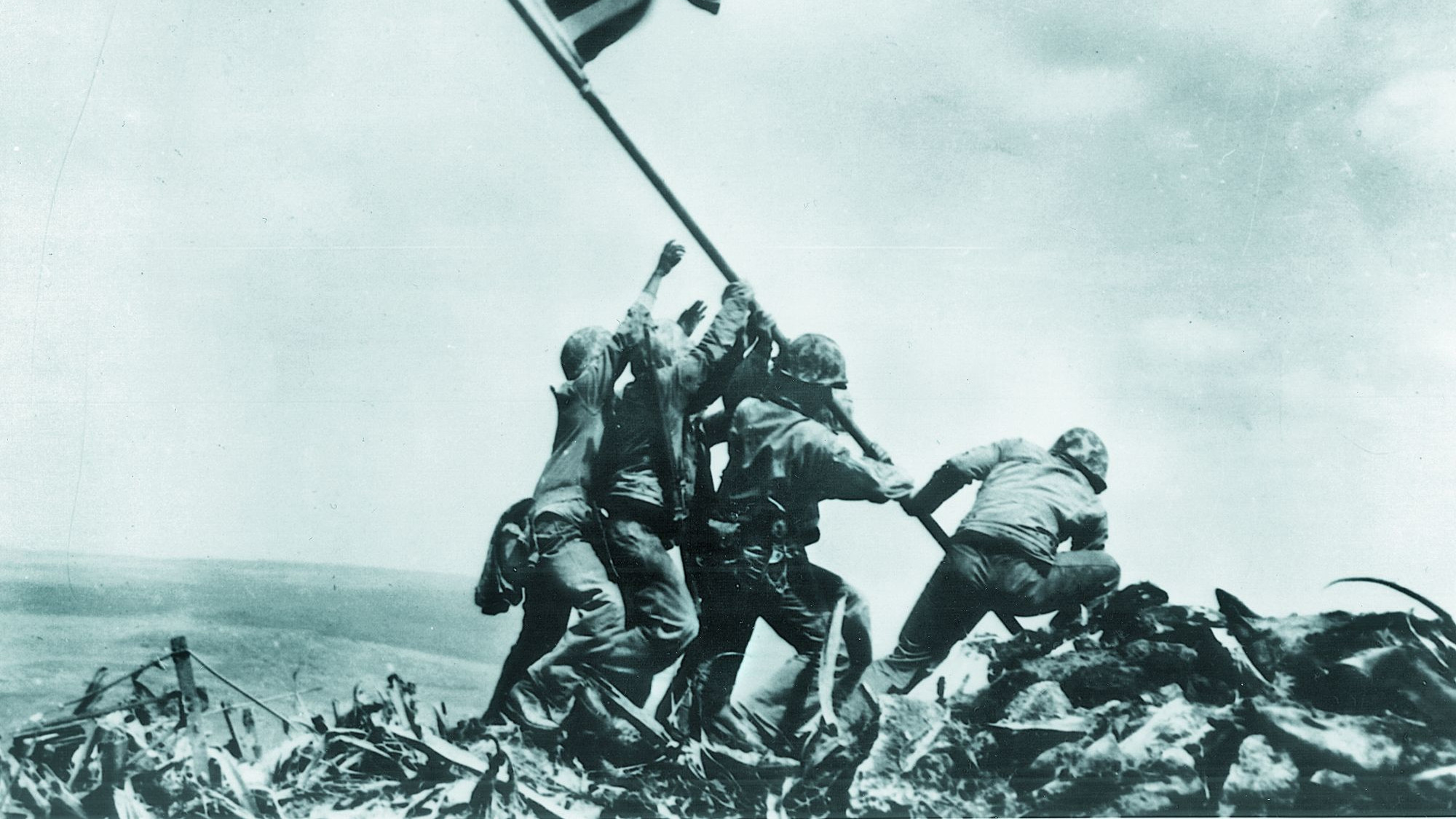
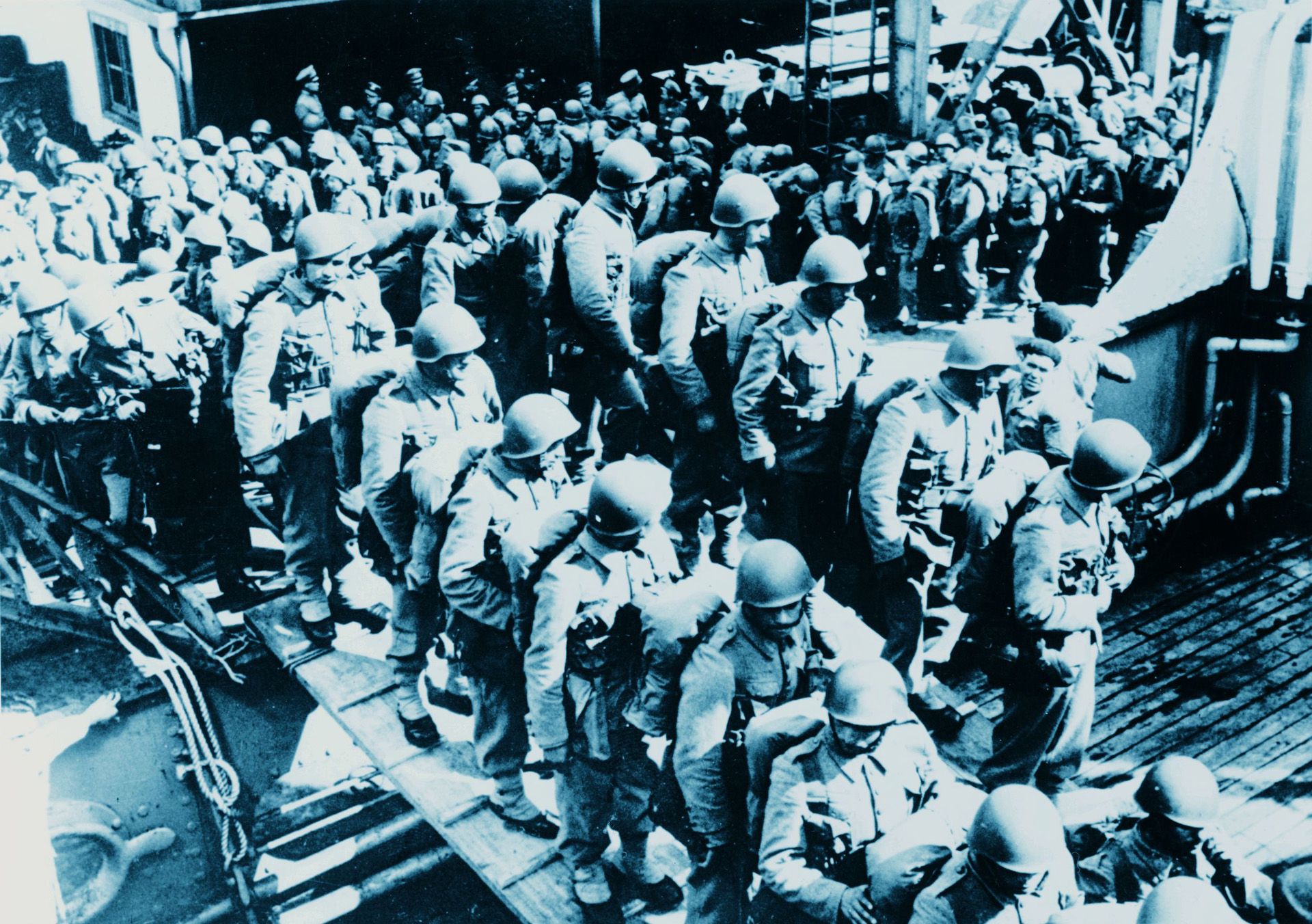
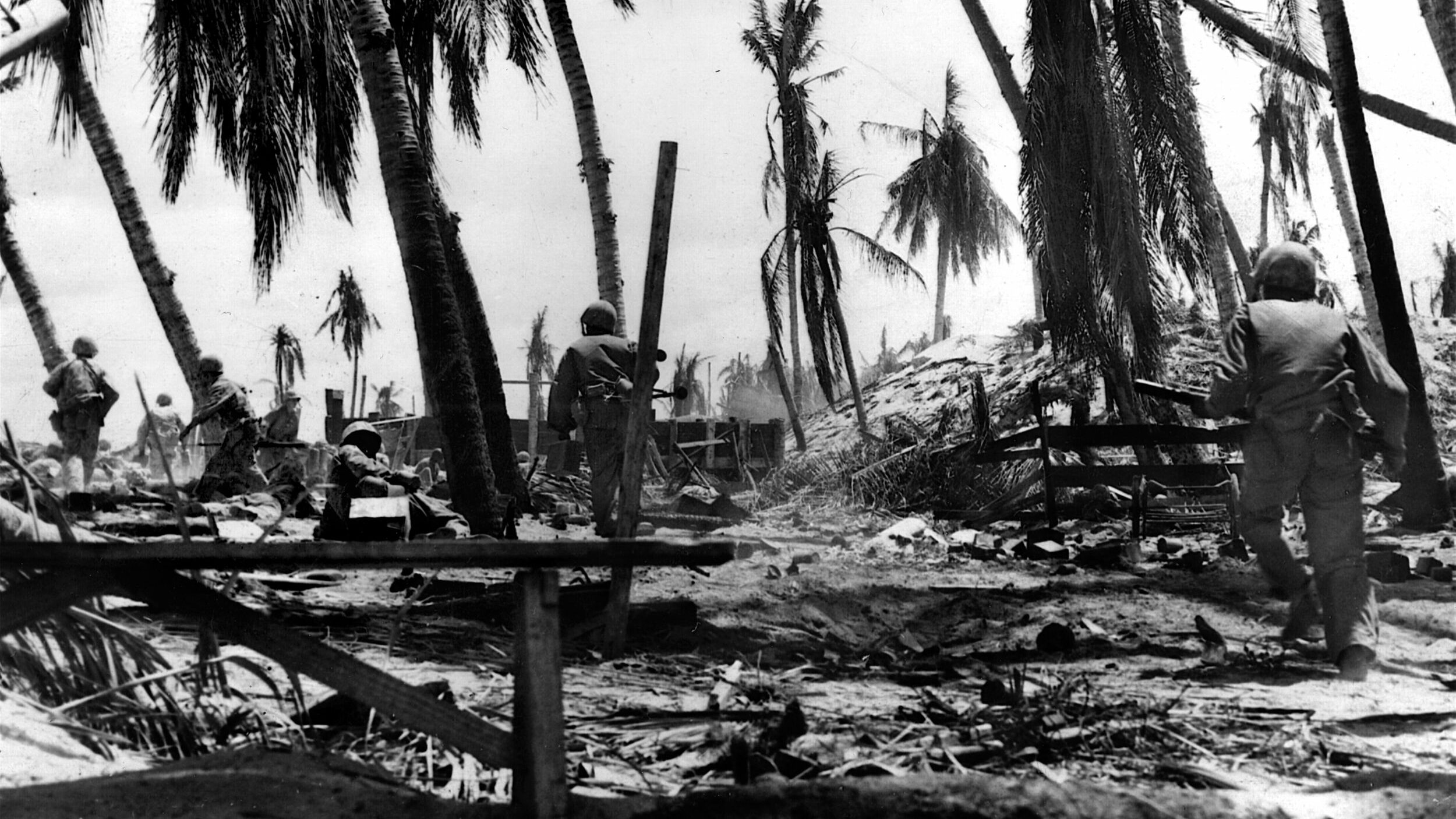
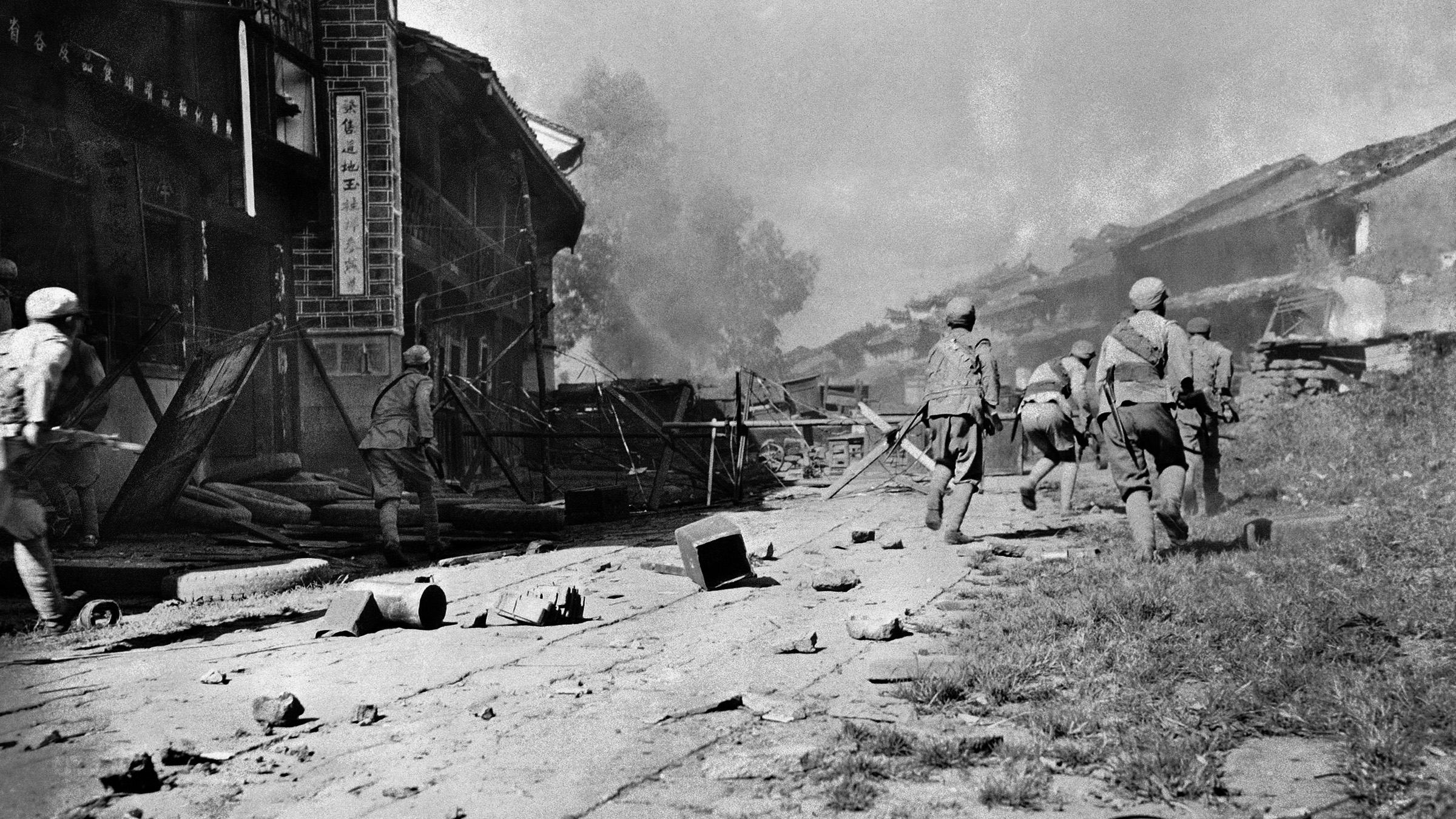
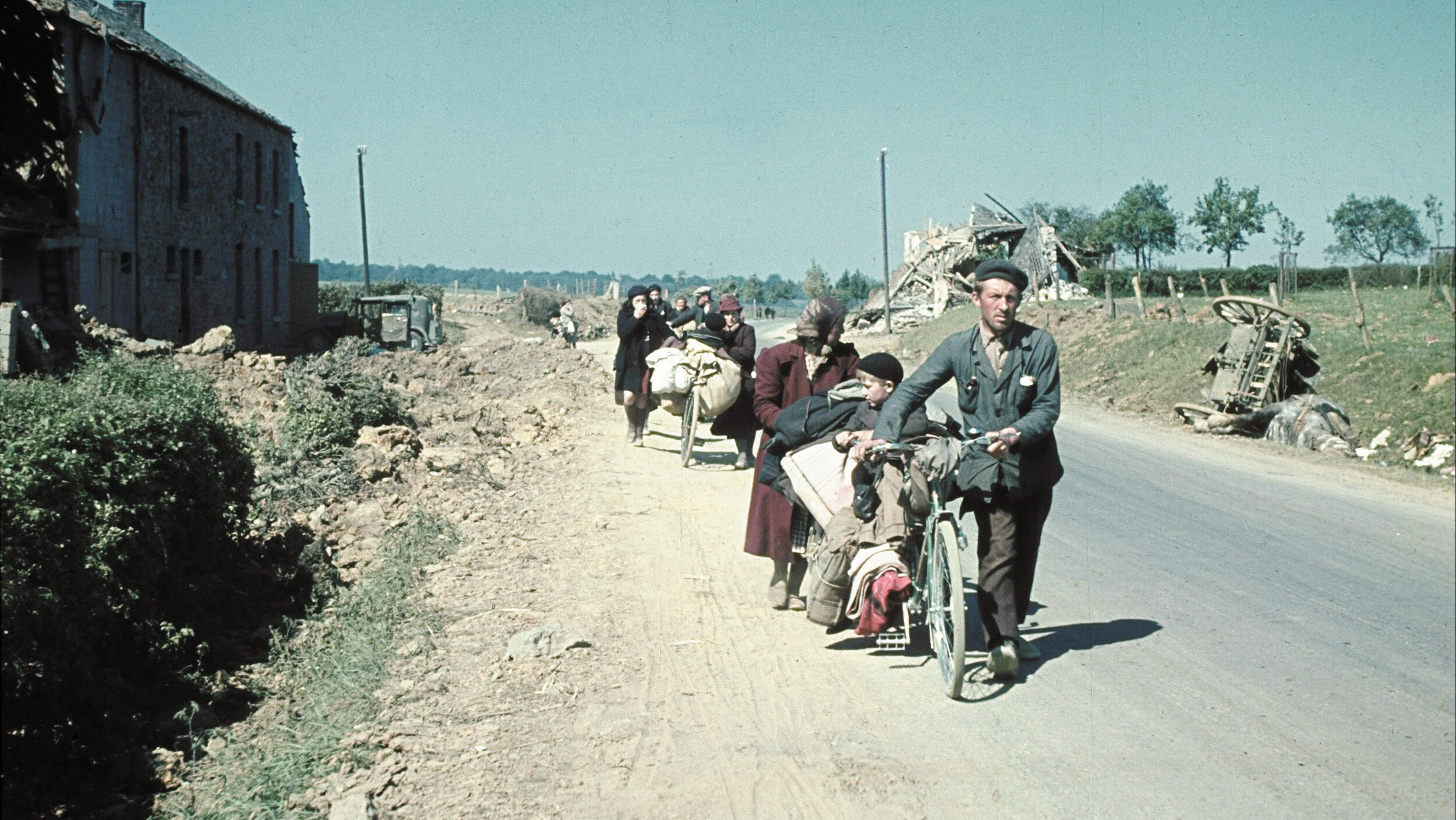
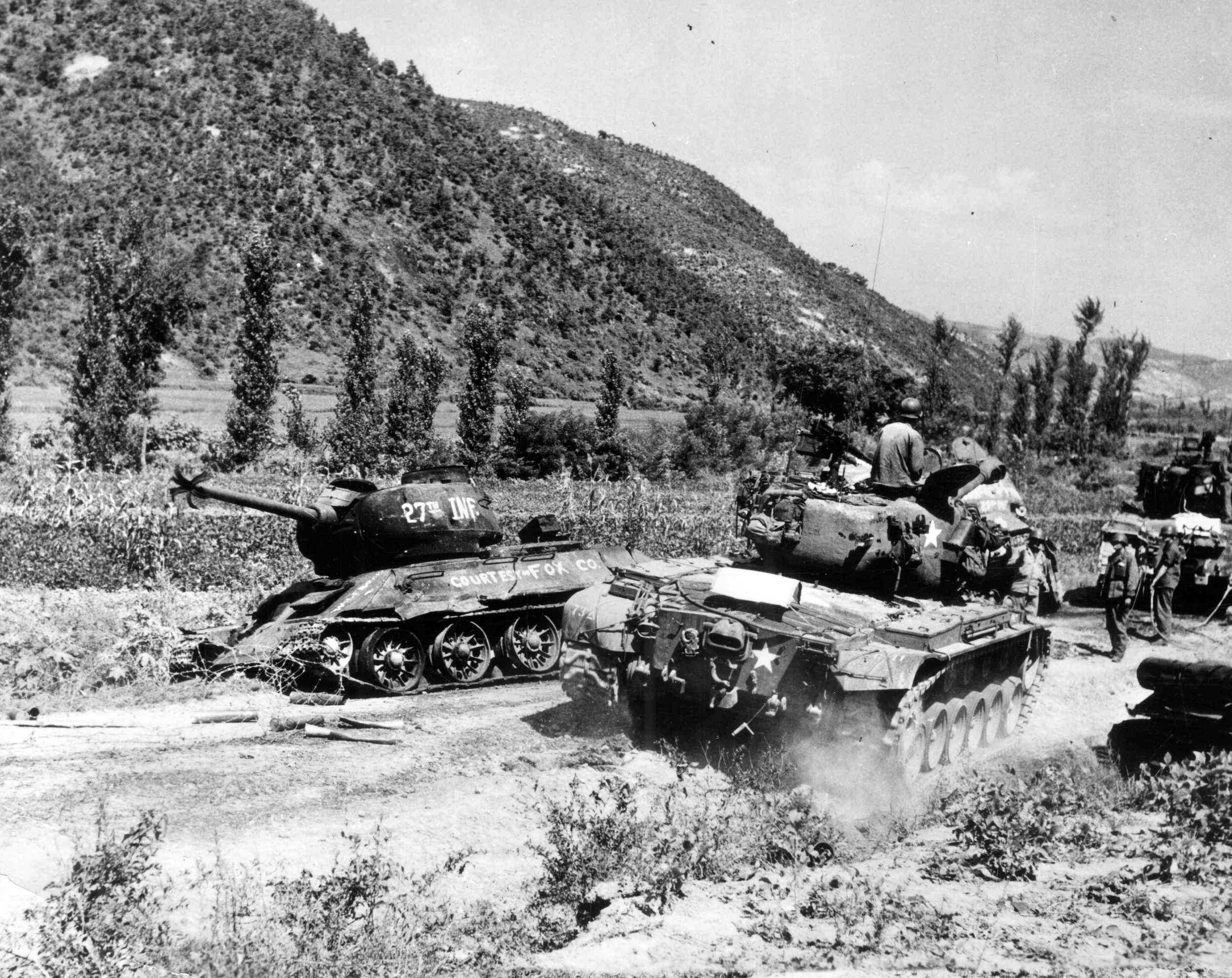
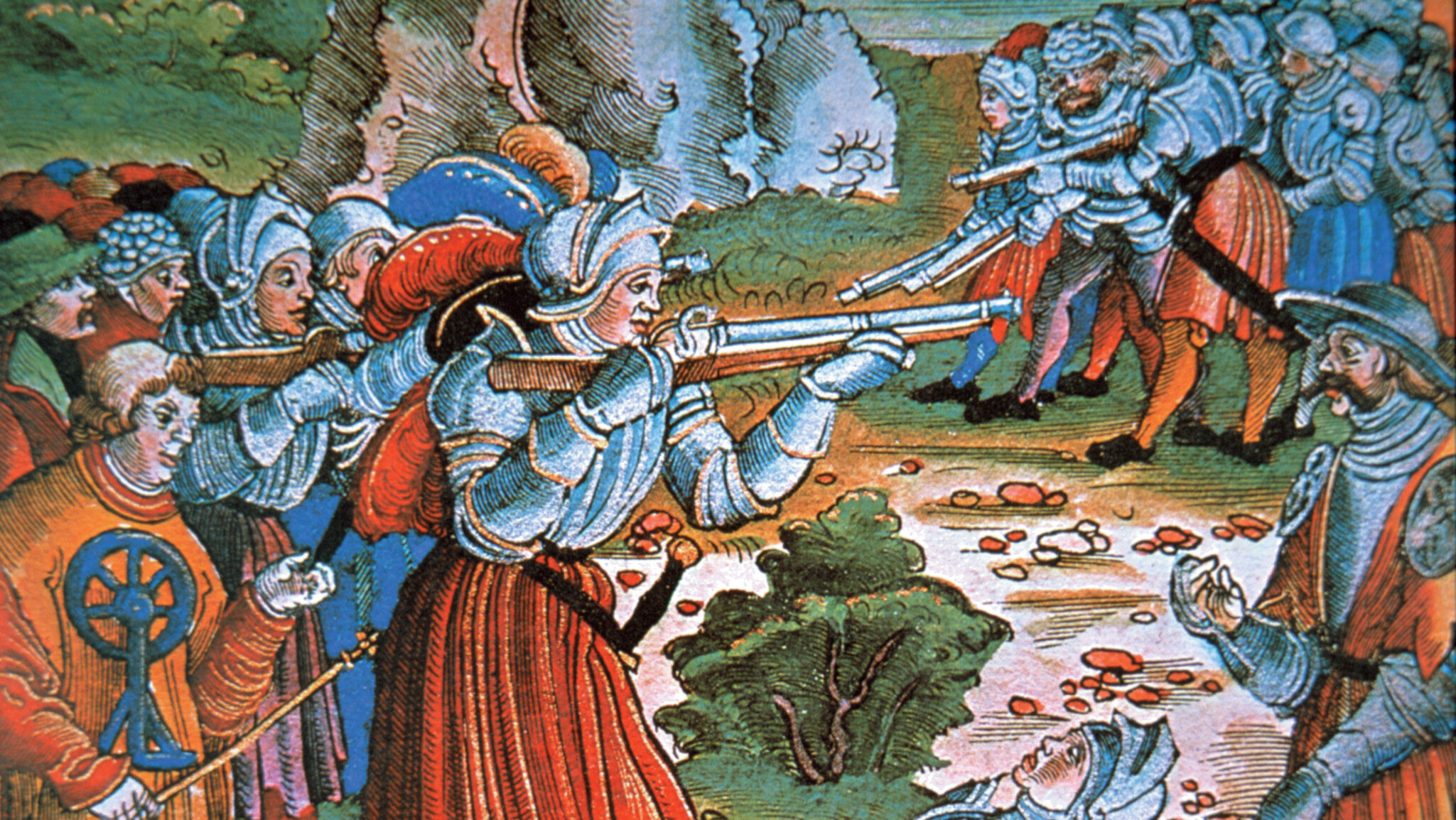
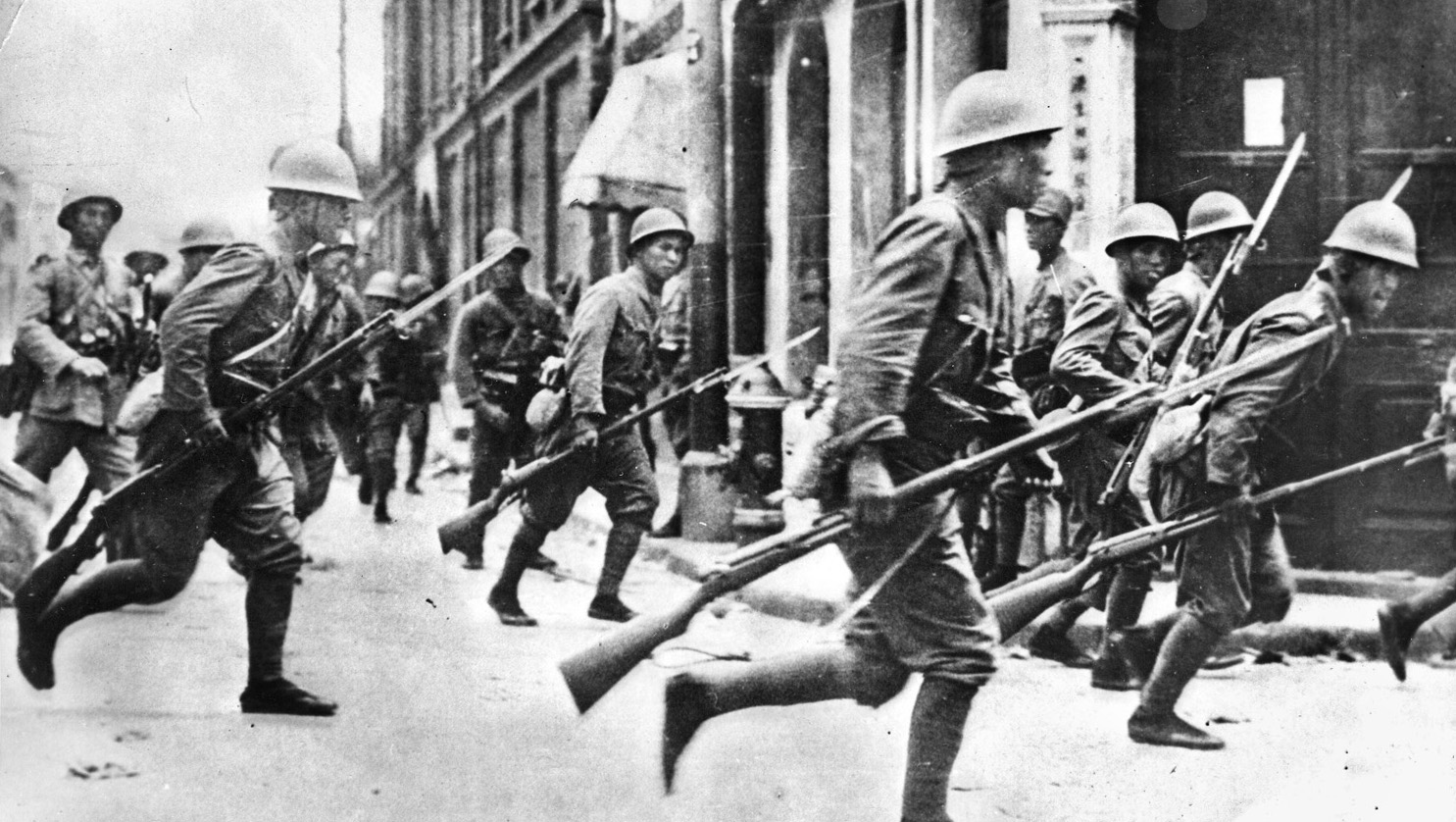
Join The Conversation
Comments
View All Comments